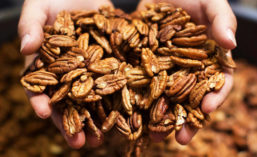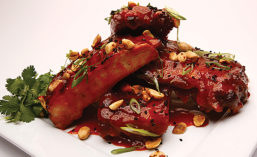Home » Keywords: » new product development
Items Tagged with 'new product development'
ARTICLES
Adult Influences Inspire Baby Foods, Snacks Innovation
Activity in baby snacks, desserts and meals is firmly centered on natural and unadulterated formulations
April 22, 2020
Bite-size Trends in Sweets & Snacks
Discovery and adventure messaging along with convenience drives new product development in the sweets and snacks categories
January 16, 2019
Q&A: Dan Zakri, Director of New Product Development, Sandridge
A new product development director’s perspective on fresh food formulation, shelf life and food safety
November 14, 2016
New Process Development
Schwan’s Chef Collective: External chefs will help translate trends, guide R&D
February 15, 2016
Steal This Formulation!
Suppliers don’t want to be product manufacturers, yet some are feeling forced into it
October 21, 2015










